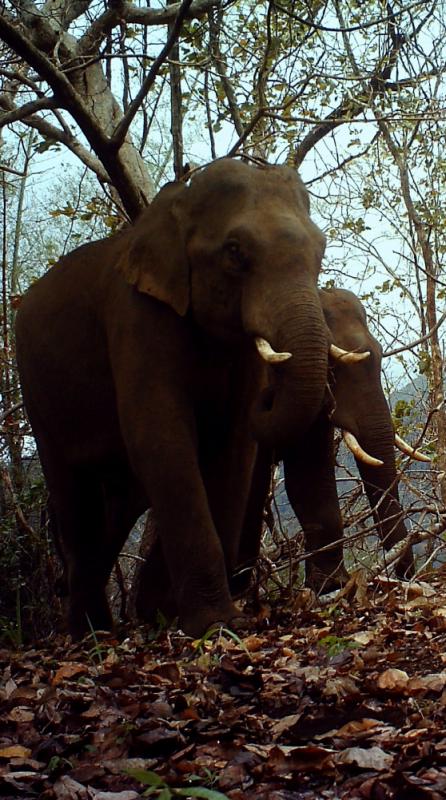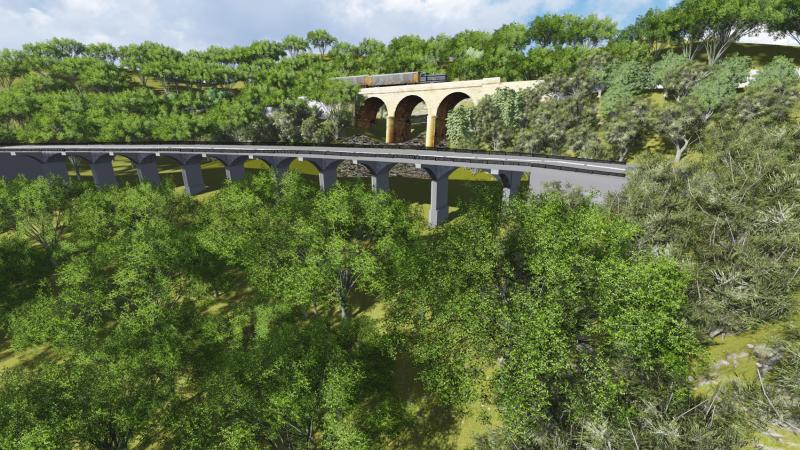In India, Protected Areas (PA) constitute only about 4% of the land area and these PAs occur as small isolated management units within a matrix of reserve forest, forest plantations and production landscapes. Management efforts so far have been PA centric and only in the few years, the focus has changed to managing our remaining wildlife and wild habitats as landscape units.
As a first step towards a landscape level management, minimal efforts have gone into identifying coarse scale corridors, which are crucial for many ecological processes, including dispersal, gene flow and demographic rescue. As a result, our current efforts by governmental and non-governmental organizations have focused on mapping corridors and conserving areas that facilitate movement to maintain population connectivity. However, no systematic effort has been invested to identify important barriers to movement identify areas where restoration could most improve connectivity.
Thus understanding the impacts of barriers, complements corridor mapping, and will help by broadening the range of conservation alternatives available to managers to restore connectivity. It can inform decisions on trade-offs between restoration and protection; for example, land purchase may be substantially more costly than restoring a road that blocks an alternate corridor. This project seeks to establish protocols to evaluate the impacts of linear barriers in the Shencottah Gap a critical corridor for large mammals in the southern Western Ghats and use methods to optimise selection of areas that require restoration to enhance connectivity.
Preliminary results indicate that connectivity for tigers and elephants across the Shencottah gap can be restored and the corridors that we have identified are functional for some large mammals. However restoring connectivity needs a combination of structural modifications to linear intrusions and habitat improvement within the two corridors.
The progress so far:
- The workshop “The Science and Practice of Linking Periyar-Agastyamalai Landscapes for Large Mammal Conservation” saw active participation from scientists, conservation biologists, officers from the Southern Railways of India and Kerala Forest Department. Outcome of this workshop was to immediate need to identify potential actions that could facilitate large mammal movement within the Shencottah Gap and to make recommendations to the Kerala Forest Department to pursue restoration efforts
- Recommendations and action points based on field visit by officials from the Forest Department, scientists, conservation biologists made to the Kerala Forest Department.
- Ongoing field surveys indicate lack of connectivity for tiger across linear barriers. However for the first time we document tigers close to the National Highway in two potential corridors that we had previously identified.
- Data collected so far also indicates linear intrusions are barriers to elephant dispersal. During this period, in the western most corridor, not only did we record tuskers coming close to National Highway, we also collected photographic evidence of herds with females and calves coming close to National Highway during the dry season. This is significant, and indicates the need to establish connectivity not just for dispersing bulls, but also perhaps, seasonal corridors for movement of larger herds. These findings have been shared with the Kerala Forest Department.
- Using results from the fields surveys, two mitigation structures that can facilitate animal movement were designed. An overpass/wildlife bridge at Kottavasal and an underpass/vehicular bridge at MSL was developed in consultation with engineers and biologists.
- We developed an open source framework to monitor CEPF investments in the Western Ghats. Using open source software and freely available remote sensing data, trends in biodiversity (habitat improvement/loss), hydrological and carbon services were estimated for the entire Westerng Ghats for the period 2000-2013.








